It’s a super capacitor made with nano-materials, but all you need to know is—if it’s commercialized—your days of worrying about your battery might be over.
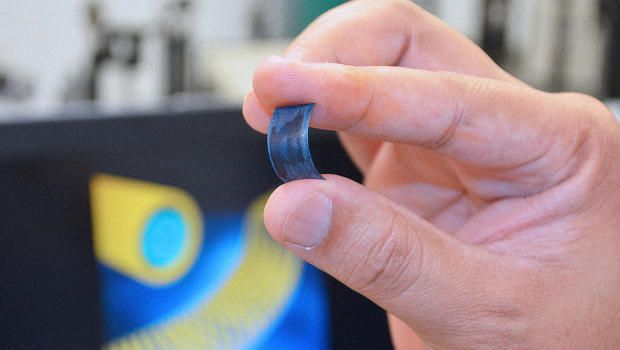


In Brief
Science once again reaches a milestone in technology by modeling it after nature. Researchers have devised a new type of highly efficient photocell by studying photosynthesis in plants.
Nathan Gabor, assistant professor for physics and astronomy at the University of California, Riverside, led research spurred by a simple question as to why plants are green. This eventually led to a quest to mimic plants’ ability to efficiently harvest energy from the Sun regardless of how erratic the sunlight is.
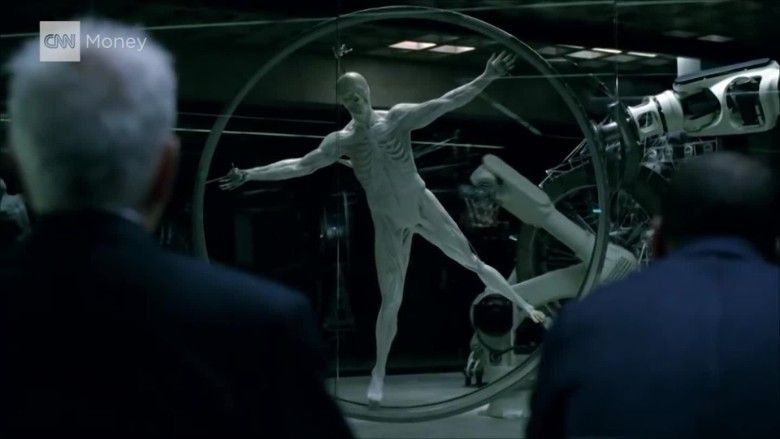
But Westworld is more than just entertainment. It raises problems that society will have to face head-on as technology gets more powerful. Here are a couple of the biggest.
1. Can we treat robots with respect?
Westworld raises a moral question — at what point do we have to treat machines in a responsible manner? We’re used to dropping our smartphones on the ground without remorse and throwing our broken gadgets in the trash. We may have to think differently as machines show more human traits.
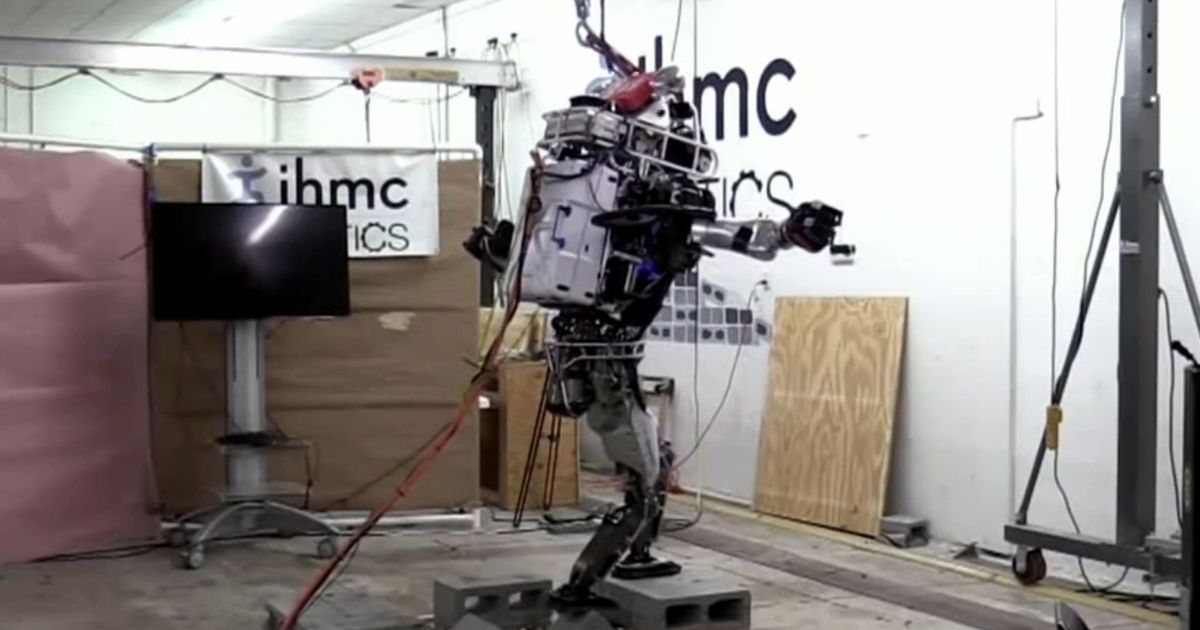
A 6ft robot is now able to walk and run over rocky terrain and balance itself just like a human.
Google’s Boston Dynamics’ Atlas robot has been upgraded so it is able to balance itself as it travels over stones and rocks.
In a video the Florida Institute for Human & Machine Cognition explains: “The Atlas Humanoid walking over small and partial footholds such as small stepping stones or line contacts.
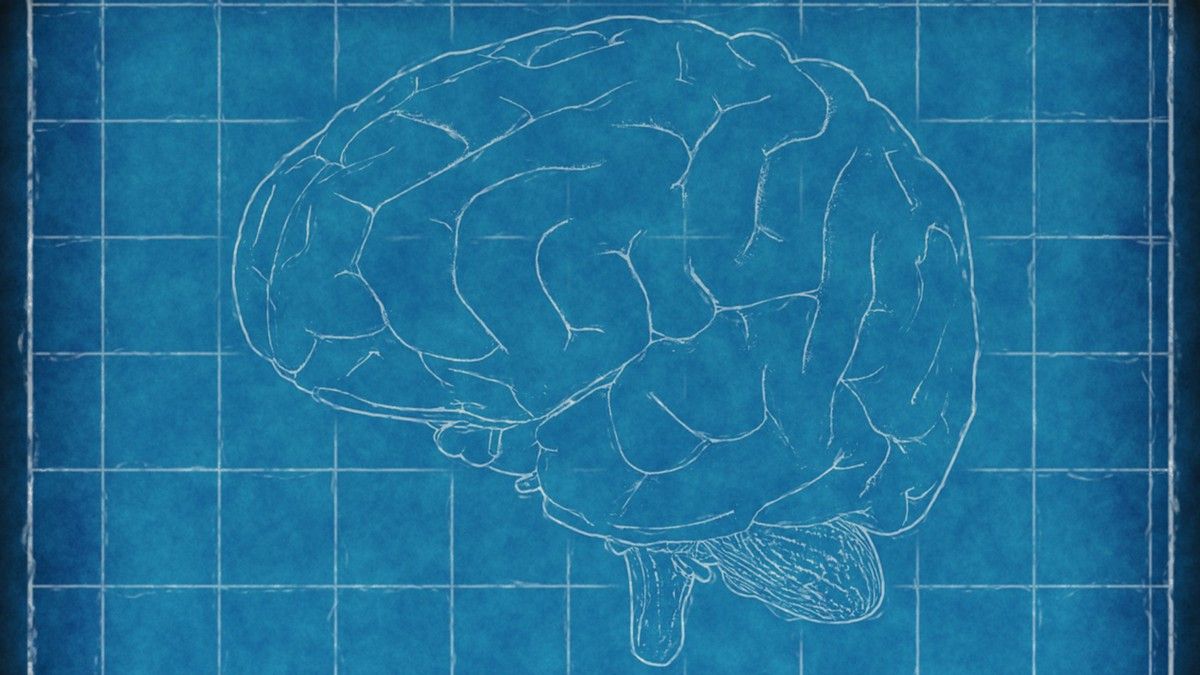
Are you scared of Artificial Intelligence (AI)?
Do you believe the warnings from folks like Prof. Stephen Hawking, Elon Musk and others?
Is AI the greatest tool humanity will ever create, or are we “summoning the demon”?
To quote the head of AI at Singularity University, Neil Jacobstein, “It’s not artificial intelligence I’m worried about, it’s human stupidity.”
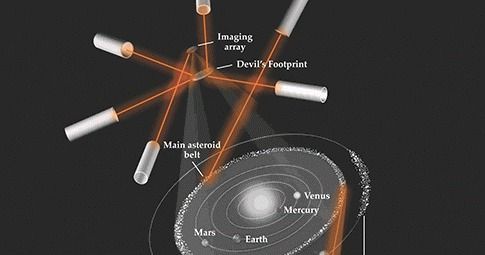
Physics Today has a speculative article that proposes that laser light be used to shape and polish an asteroid to high optical standards. This could create an Asteroid Belt Astronomical Telescope (ABAT).
The Asteroid Belt Astronomical Telescope (ABAT) focuses light from laser-polished asteroids onto dual imaging arrays above and below the solar system; other intense laser pulses maneuver the arrays to different locations, thus allowing ABAT to point at multiple celestial targets. Asteroid ablation residue corralled into a pair of Devil’s Footprints shields the focal regions from solar illumination. (Courtesy of Laura Kim.)
Imagined 10 meter resolution imaging of exoplanet.



The full antiaging rejuvenation toolkit of the next few decades will consist of a range of different treatments, each targeting a different type of molecular damage in cells and tissues. Fightaging predicts the likely order of arrival of some of these therapies, based on what is presently going on in research, funding, and for-profit development.
1) Clearance of Senescent Cells
Everon Biosciences, Oisin Biotechnologies, SIWA Therapeutics, and UNITY Biotechnology are all forging ahead with various different approaches to the selective destruction of senescent cells. No doubt many groups within established Big Pharma entities are also taking a stab at this, more quietly, and with less press attention. UNITY Biotechnology has raised more than $100 million to date, demonstrating that there is broad enthusiasm for this approach to the treatment of aging and age-related disease.

This week we are celebrating Computer Science Education Week around the globe.
In this “age of acceleration,” in which advances in technology and the globalization of business are transforming entire industries and society itself, it’s more critical than ever for everyone to be digitally literate, especially our kids.
This is particularly true for women and girls who, while representing roughly 50 percent of the world’s population, account for less than 20 percent of computer science graduates in 34 OECD countries, according to this report.